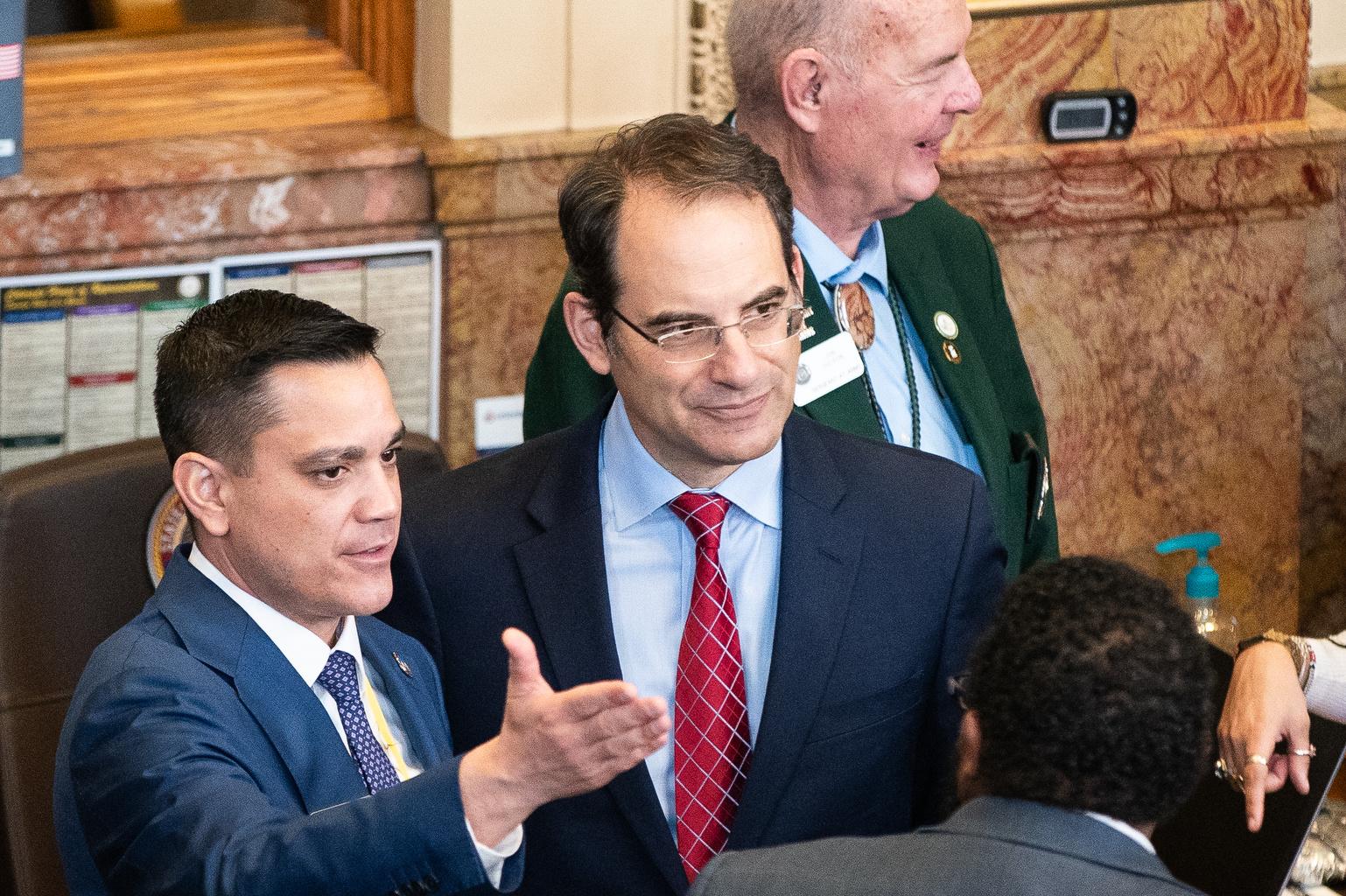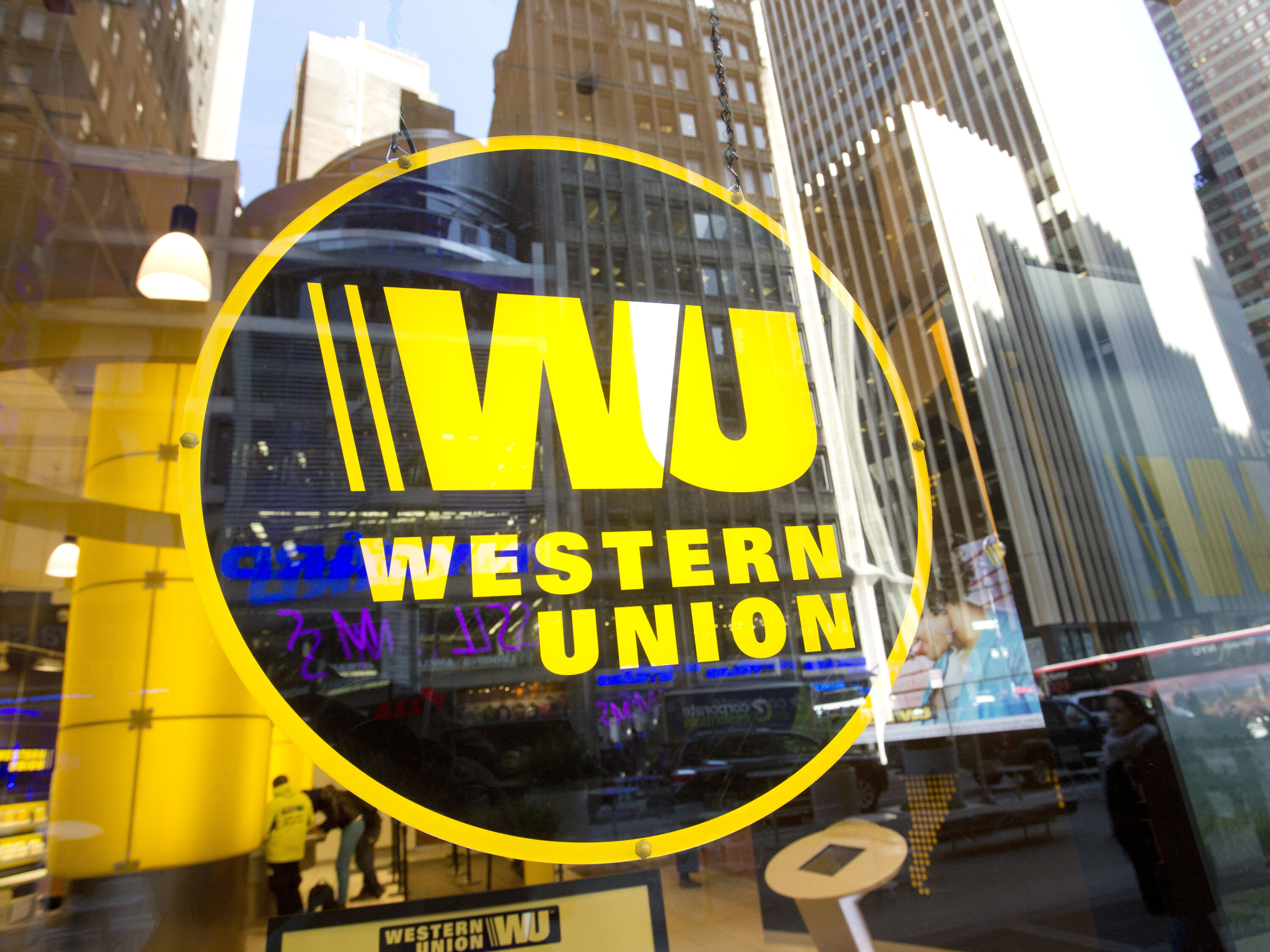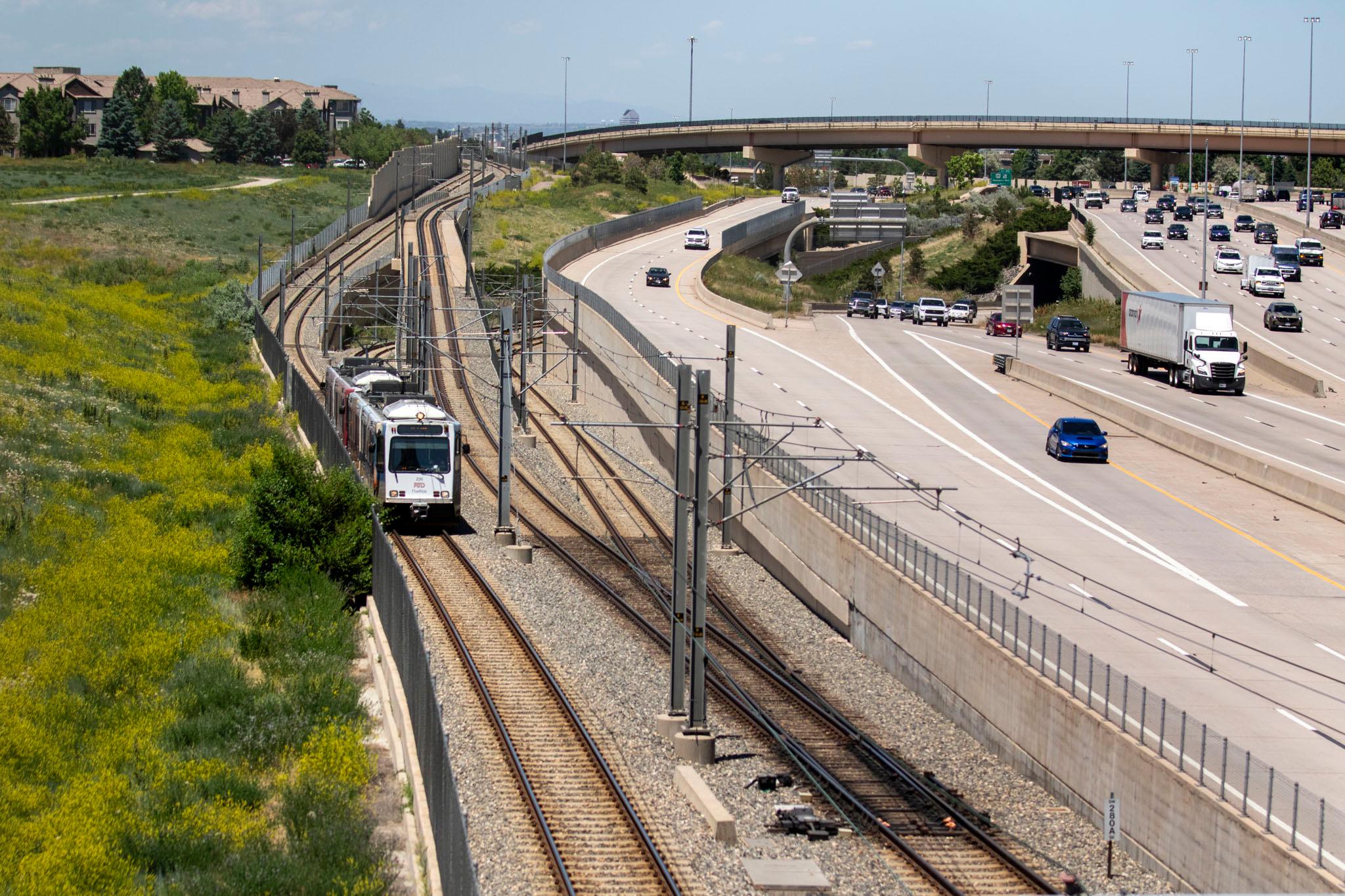
Updated at 4:59 p.m. on Friday, June 7, 2024.
Regional Transportation District light rail trains in the south Denver metro area have been plodding between stations at just 10 miles per hour this week, far below typical speeds that top out at 55 mph.
That’s leading to lengthy delays for passengers who are already dealing with significant cuts to service on the E and H lines because of a different, ongoing maintenance project.
“There's no reliability,” said Shaun Beasley, who was waiting for a southbound train at the University of Denver station Thursday morning.
Beasley and other light rail passengers described trips this week that take up to 45 minutes longer than usual. Likhitha Yalavarthi, a University of Denver student, said the delays have made her late for class and left her waiting for trains home for nearly an hour.
“I hope it resolves really fast,” she said.
But it’s not clear when the issue will be resolved, nor what the issue actually is. RTD issued a short press release Thursday afternoon saying staff made thorough inspections of its track, ties, overhead wires, and related infrastructure in May and discovered “issues” that resulted in the speed restrictions.
But RTD management has otherwise been tight-lipped, even sending a memo to front-line employees last week reminding them to “politely decline” interview requests. An RTD spokesperson said that memo was unrelated to the slow train issue.
Two light rail operators, however, spoke to CPR News under the condition of anonymity. CPR News reached them independently of each other. They said the slow orders came as a surprise, and that their severity — just 10 mph — indicates that the issue at hand is likely serious.
“Somewhere, someone dropped the ball,” one operator said.
In a statement, RTD said the E and H lines remain safe to ride.
“If, at any time, the track was not safe for operations, services would immediately cease,” RTD wrote in a statement.
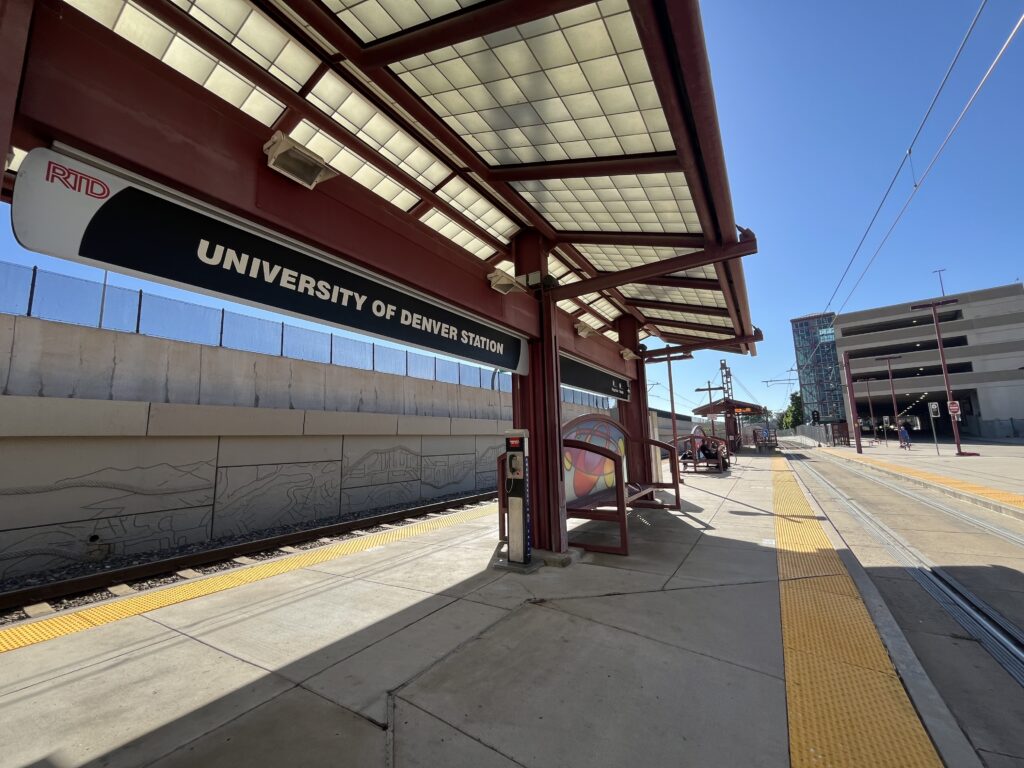
Operators say they were told to slow down to 10 mph on Monday morning.
That caught them off guard, one operator said, because management typically does not issue such drastic slow orders. The operator said they’d been told by management that the inspectors found tracks in a “bad state of repair” but have heard little else.
Another operator said trains had been running smoothly in the last few weeks since long-overdue track work in central downtown Denver had detoured some lines to Union Station. Then, the slow order came.
“Everything went downhill in a matter of hours,” they said.
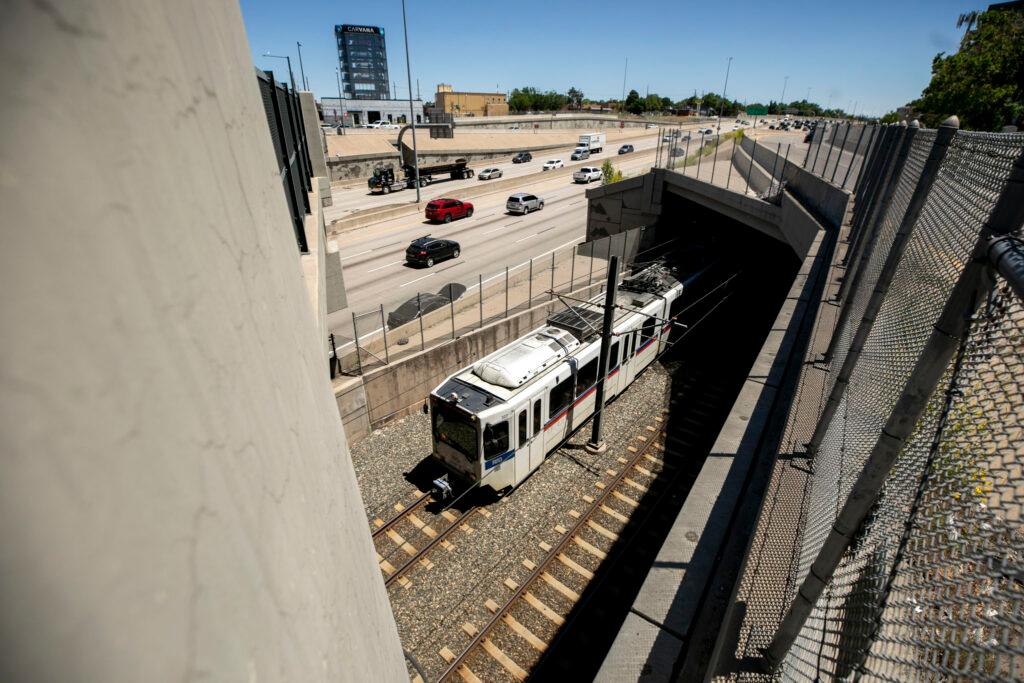
RTD is trying to catch up on years of deferred rail maintenance. The decay of RTD’s downtown light rail tracks led the agency to pledge to its state safety regulator in early 2023 that it would overhaul its maintenance processes for its vast light rail network.
RTD said it would enhance how it tracks and evaluates light rail infrastructure “that have known accelerated wear, deterioration, or corrosion.” RTD told the PUC it would complete that by the end of this month.
The May inspections were done to conform to that “corrective action plan,” which includes speed restrictions when issues are discovered, RTD confirmed in a statement.
Operators also suspect management knew about track issues before the slow order came Monday.
If management did indeed know about the issues in advance, it appears that knowledge did not affect how the agency made its summer schedule. Slow speeds have made it impossible for operators to stay on time, they say. Those schedules were planned and approved months ago.
The slow orders are in effect on stretches of track between the Colorado Boulevard Station and the County Line Station, the operators said.
“Everybody’s just angry,” an operator said.
RTD said its entire light rail network is inspected every quarter, which could mean that more slow zones are coming to other lines. RTD said normal speeds would resume when repairs are made, which depends on the availability of maintenance crews.
RTD’s southeast light rail corridor was once its most popular.
In October 2019, the commuter-heavy E, F and H lines, which stretched from downtown Denver south into the Tech Center, carried more than 1.1 million people combined, that was more than RTD’s other rail powerhouse, the A Line to Denver International Airport.
Then came the pandemic. The F Line was permanently suspended, with only occasional exceptions for special events, in the spring of 2020.
Ridership on the remaining E and H lines has sputtered since. It reached a post-pandemic high in the summer of 2022 of more than 650,000 riders. But it plummeted in 2023 when service on those lines and the R Line, which follows I-25 and I-225 through Aurora, was cut for much of 2023 as the agency fixed retaining walls along the lines.
That retaining wall project, which can only be done during warmer months, has resulted in service cuts again this summer season. The E and the H lines now run just once an hour each.
Passengers CPR News spoke with said they understood maintenance was necessary and made personal adjustments to make the limited schedule work. Some riders were reliant on transit and said they were considering stretching budgets to buy cars. Others were determined to not become part of the traffic that RTD’s rail network was initially pitched to help commuters avoid.
Many said they were disappointed by how little RTD has communicated about the slow trains, and said all of the current maintenance projects are combining to make much of the rail system unusable.
“Really, it's a disappointment and kind of sad that this is the state of the transit system right now,” said MacKenzie Bland, a Capitol Hill resident whose commute to the Tech Center on Wednesday took nearly two hours — twice as long as it should have.
“I really am a transit lover,” she said. “I love when I get on the bus and it works great and I think it can be a really great experience to be in your community and just stare out the window rather than sitting in traffic. But that has not been the experience lately.”
The operators say they’ve been on the receiving end of passengers’ frustrations — and that they don’t blame them.
“Our product is not looking too good at the moment,” one operator said.
Editor's note: This story has been updated to include comment from RTD.





